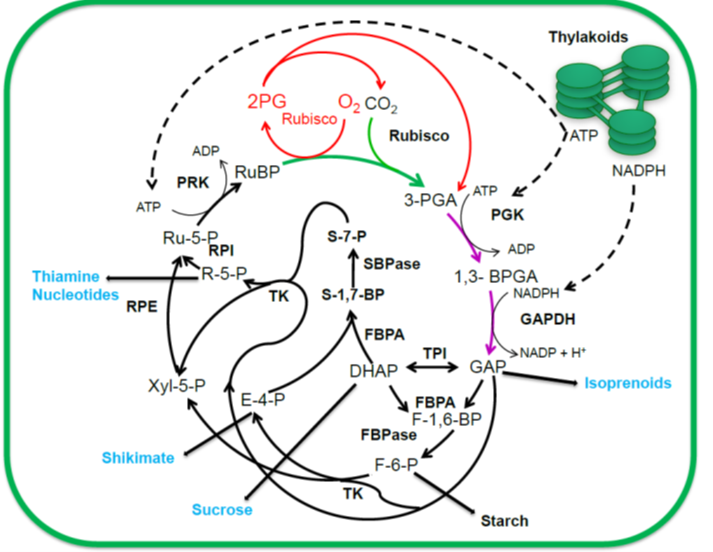
Review: Strategies to improve photosynthesis
Plant Science Research WeeklyPhotosynthesis is the process by which plants assimilate carbon by using light energy. However, with the solar energy conversion efficiency of many crop plants less than 1%, it is inefficient. Therefore, there is interest in manipulating photosynthesis for increased efficiency. Here, Croce et al. identifying…
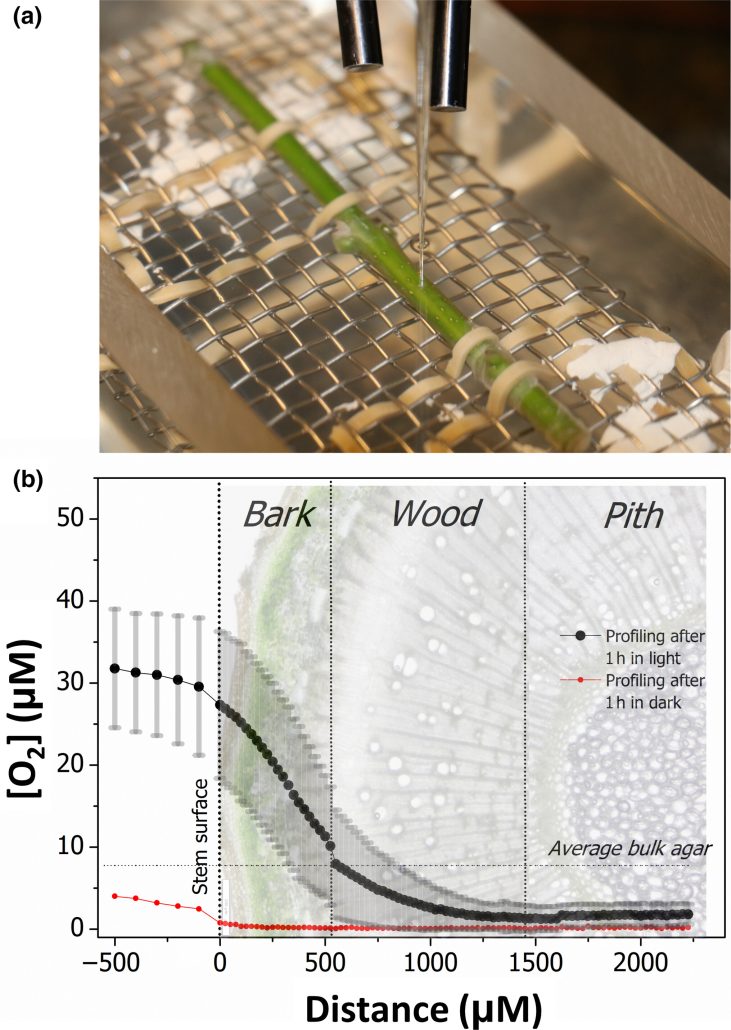
How stems breathe: Oxygen production in woody stems under different light conditions
Plant Science Research WeeklyIn woody plants, we know much less about how photosynthesis functions in stems than in leaves. This study by Natale et al. focused on how chloroplasts in Fraxinus ornus stems of different ages work. The authors looked at oxygen production rates in whole stems, bark, and wood using various methods like…
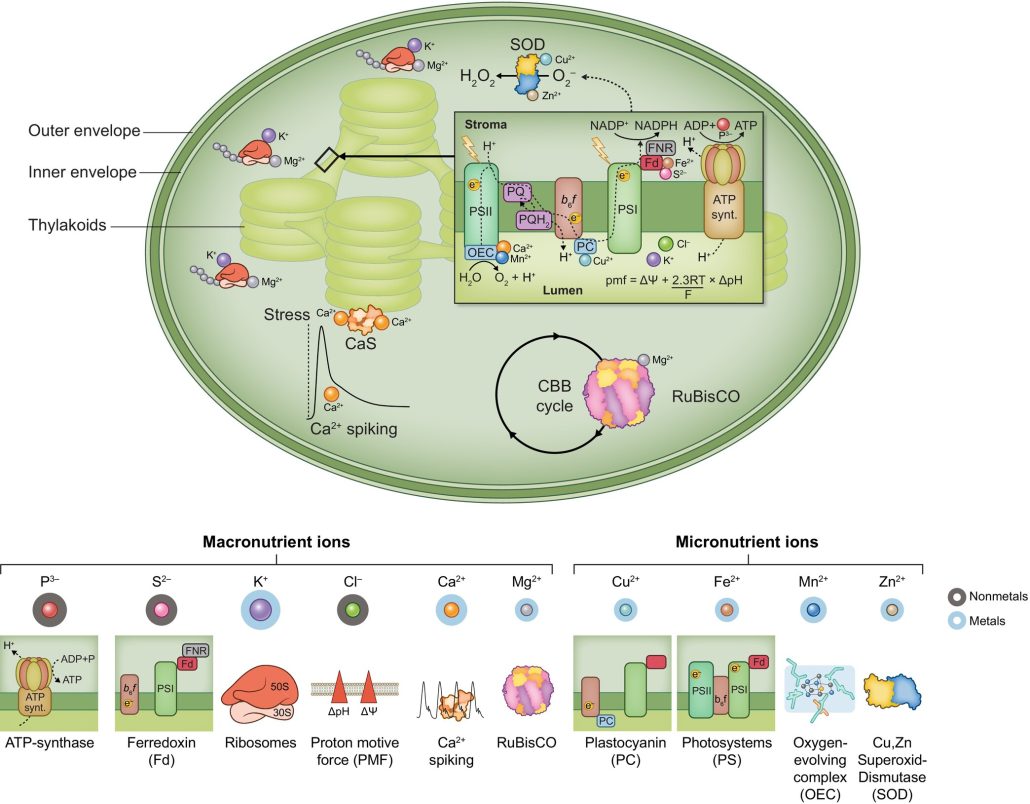
Review: Chloroplast ion homeostasis
Plant Science Research WeeklyHealthy plants require access to several mineral nutrients, which are usually taken up in ionic form. The details of nutrient uptake, distribution, and function have been painstakingly revealed over several decades. In this excellent new Tansley Review, Kunz et al. provide an overview of ion homeostasis…
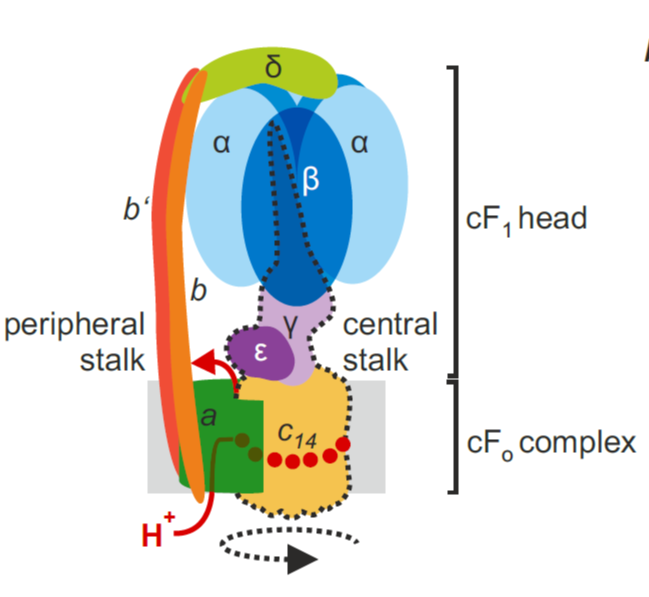
Review. Chloroplast ATP synthase: From structure to engineering
Plant Science Research WeeklyI remember how amazed I was the first time I saw an animation of ATP synthase doing its job. This fantastic engine is largely conserved across the domains of life, with some variation as highlighted in this review of the chloroplast ATP synthase by Rühle et al. The plastid form is a rotary form, written…
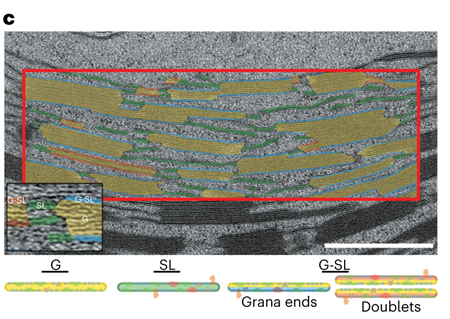
Thylakoid membrane remodelling during the dark-to-light transition
Plant Science Research WeeklyIn the dark, plants modify thylakoid stacking to alter electron transport and reduce photodamage. More photosystem II (PSII) is located in thylakoids within stacked grana, which promotes cyclic electron transport. Upon light exposure, there is granal unstacking, which increases the amount of linear electron…

Understanding the role of metabolites in the evolution of C4 photosynthesis
Plant Science Research WeeklyPlants that use C4 photosynthesis, whereby carbon is concentrated around RuBisCo in bundle sheath cells, have high water and nitrogen use efficiencies. Thus, understanding how C4 photosynthesis evolves is of much interest. The Flaveria genus provides a unique opportunity for this, as it contains species…
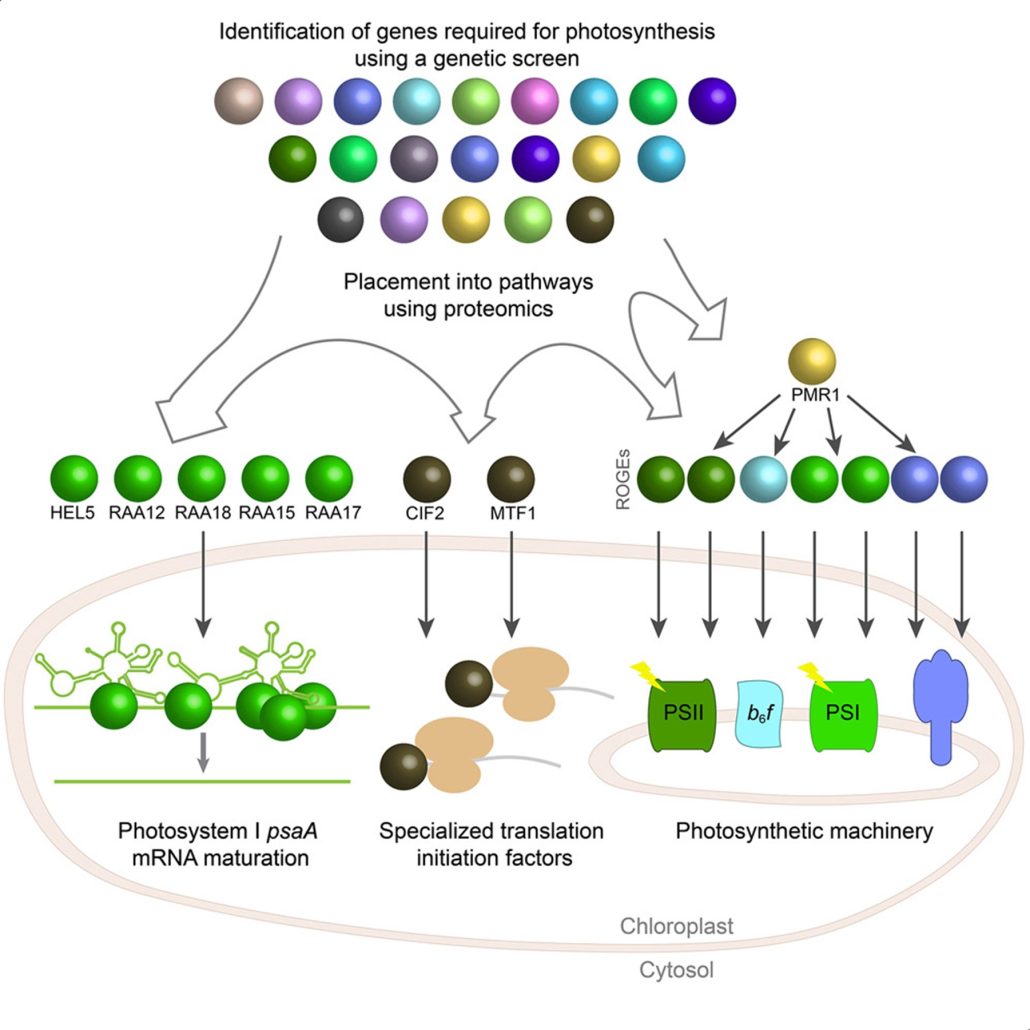
Breakthrough in the identification of photosynthesis genes in green algae
Plant Science Research WeeklyImagine the everyday delights of foods like bread, ramen, or sushi. Central to these culinary staples is starch, a product of the photosynthesis process in plants. Despite its critical role, people still do not fully understand the regulation and biogenesis of the photosynthesis machinery. In this study,…

Single-nucleus sequencing reveals transition from C3 to C4 photosynthesis
Plant Science Research WeeklySometime in the Cretaceous period (dinosaur time!), some monocots acquired a special pathway for carbon fixation, rendering them more efficient particularly in hot or dry environments. In most monocots, carbon is fixed by Rubisco in the mesophyll cells. In the innovative pathway, carbon fixation is split…

The enzyme that makes many algae brown
The Plant Cell: In a NutshellCao and Bai et al. reveal a conserved enzyme that makes many algae appear brown as opposed to green typical of land plants.
https://doi.org/10.1093/plcell/koad116
Graham Peers1, Martin Lohr2, Xiaobo Li3,4
1 Department of Biology, Colorado State University; Fort Collins, USA.
2 Institut für…

